Please no, we don’t need a machine-learning troll farm.


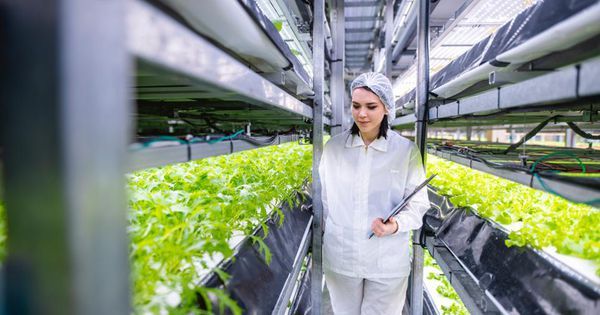
Despite this economic pressure, rural America remains one of our nation’s most fertile regions, and recent advances in biotechnology are making it easier than ever to sustainably grow new kinds of valuable goods, from biopharmaceuticals to biomaterials. With the right strategic investments, rural America could see a biotech “bloom.”
I propose a Bio-Belt stretching through middle America to bring new skills and high-paying jobs to communities that desperately need them. This initiative would bolster investment in biotechnology training, education, infrastructure and entrepreneurship in rural areas in order to develop new, sustainable sources of income.
The Bio-Belt is about much more than biofuel. Fermentation is an increasingly powerful force for converting sugar and other forms of biomass into value-added goods—all through the rational design of cells that can be sustainably grown wherever land is abundant.
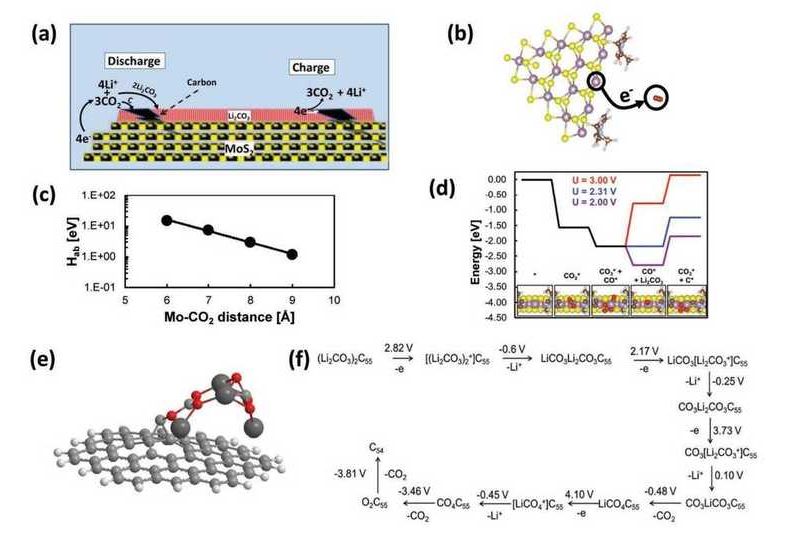
You may think that lithium-ion batteries are the best man can create, but researchers believe otherwise. There are other combinations of elements that are very promising. What about a cell with potential for seven times more energy density than Li-Ion could ever achieve? State of the art for current batteries would be 256 Wh/kg. Lithium-Carbon Dioxide batteries – or Li-CO2, for short – can theoretically reach 1,876 Wh/kg. Researchers at the University of Illinois at Chicago created the first usable Li-CO2 battery. It was tested to up to 500 cycles, and it worked, which is great news.
Researchers at the University of Illinois in Chicago created the first usable Li-CO2 battery. It has 7 times the energy density of a Li-Ion battery.
New interview with author and researcher Dr. Josh Mitteldorf who runs the aging research blog Aging Matters.
Interview with author and researcher Dr. Josh Mitteldorf who runs the aging research blog ‘Aging Matters’.
Dr. Josh Mitteldorf is an evolutionary biologist and a long-time contributor to the growing field of aging science. His work in this field has focused on theories of aging. He asks the basic question: why do we age and die?
Josh is the co-author of ‘Cracking the Aging Code: The New Science of Growing Old — And What It Means for Staying Young’ : “A revolutionary examination of why we age, what it means for our health, and how we just might be able to fight it.
In Cracking the Aging Code, theoretical biologist Josh Mitteldorf and award-winning writer and ecological philosopher Dorion Sagan reveal that evolution and aging are even more complex and breathtaking than we originally thought. Using meticulous multidisciplinary science, as well as reviewing the history of our understanding about evolution, this book makes the case that aging is not something that “just happens,” nor is it the result of wear and tear or a genetic inevitability. Rather, aging has a fascinating evolutionary purpose: to stabilize populations and ecosystems, which are ever-threatened by cyclic swings that can lead to extinction.
When a population grows too fast it can put itself at risk of a wholesale wipeout. Aging has evolved to help us adjust our growth in a sustainable fashion as well as prevent an ecological crisis from starvation, predation, pollution, or infection.
This dynamic new understanding of aging is provocative, entertaining, and pioneering, and will challenge the way we understand aging, death, and just what makes us human.“
Many thanks for watching!

From raindrops rolling off the waxy surface of a waterlily leaf to the efficiency of desalination membranes, interactions between water molecules and water-repellent “hydrophobic” surfaces are all around us. The interplay becomes even more intriguing when a thin water layer becomes sandwiched between two hydrophobic surfaces, KAUST researchers have shown.
In the early 1980s, researchers first noted an unexpected effect when two hydrophobic surfaces were slowly brought together in water. “At some point, the two surfaces would suddenly jump into contact—like two magnets being brought together,” says Himanshu Mishra from KAUST’s Water Desalination and Reuse Center. Mishra’s lab investigates water at all length scales, from reducing water consumption in agriculture, to the properties of individual water molecules.
Researchers were unable to explain the phenomenon at the molecular level, so in 2016, Mishra organized a KAUST conference on the subject. “We brought together leaders in the field—experimentalists and theorists—leading to intense debates on the understanding of hydrophobic surface forces,” he says.

According to a decade-long study by an international team of researchers, human CO2 emissions total 100 times more than the planet-warming effects of all volcanoes combined.
The total amount emitted by volcanoes is only about 0.3 gigatons a year — a tiny fraction of the 37 gigatons humankind produced in 2018 alone.
That means they’re not nearly as big of a contributor to global emissions as some prevailing theories hold.
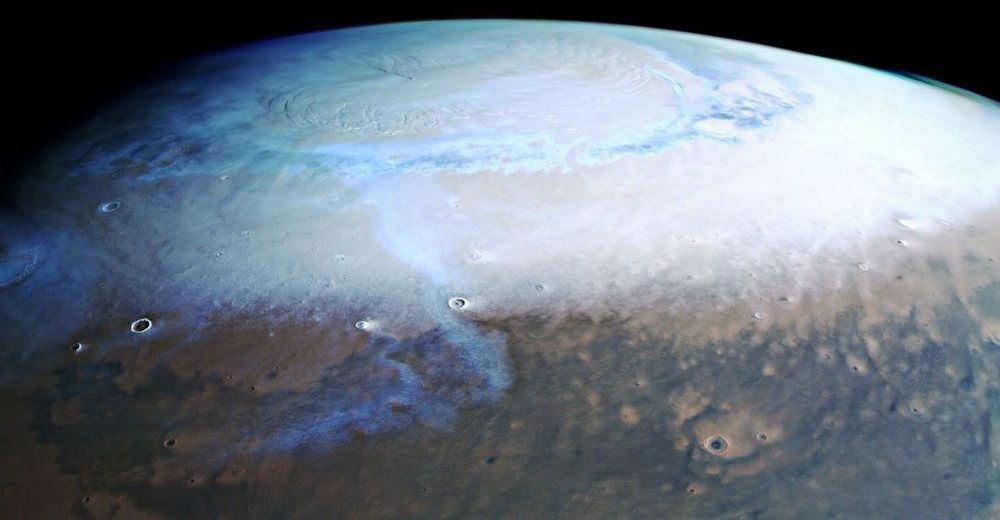
You probably hear a lot of news from NASA’s many amazing Mars missions: the Curiosity rover, InSight, MRO, and more. NASA is good at promoting their stuff of course, but also the images returned from all these missions are truly wonderful.
You may not hear as much from the European Space Agency’s Mars Express mission. Well, you may have heard about the lander Beagle 2: It set down safely on the surface, but two of the four solar panels didn’t deploy, dooming that part of that mission.
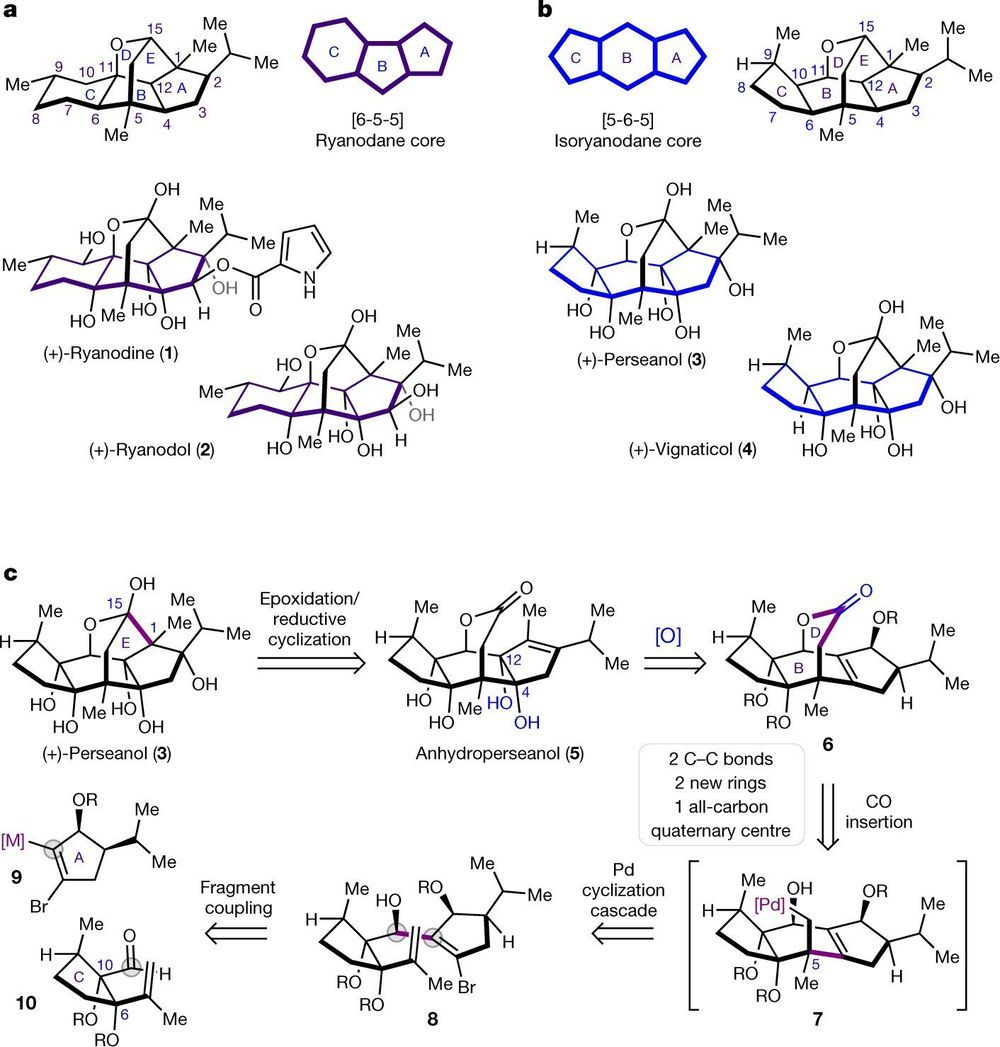
A team of chemists at California Institute of Technology has totally synthesized perseanol using a 16-step process for the first time. In their paper published in the journal Nature, the group describes their process and how well it worked.
In nature, perseanol is a molecule produced by the persea tree. Shortly after its discovery in the late 1990s, researchers found that the molecule was similar to ryanodine, a once-popular pesticide. They have similar architecture, though perseanol lacks a pyrrole-2-carboxylate ester. Because of the similarities, interest in using perseanol on commercial crops grew. Not much later, a cheaper alternative was found, and the molecule never made it to the farm. But interest in it persists because of its ecofriendly reputation. For that reason, chemists have been working to produce it in the lab—if successful, the results would be both cheaper and more environmentally friendly than products now in use.
The researchers note that ryanodine works as a pesticide by binding to calcium channels in insects’ muscles, paralyzing them. It can paralyze animals, too, but perseanol is believed to be more specific to insects, making it a potentially safer pesticide. The researchers also note that little research has been performed to determine the means by which perseanol kills bugs. That could change however, if interest in using perseanol as a pesticide is rekindled.
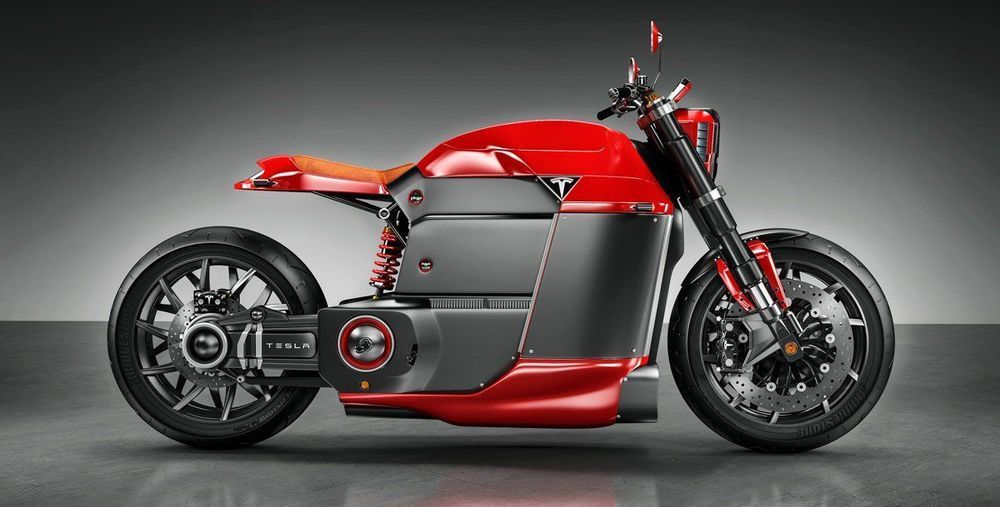
Electric motorcycle and scooter design uses two or three wheel layouts outfitted with an electric motor and battery used for long distance travel, commuting and cruising.
an electric motorcycle concept based on dyson’s bladeless fans.
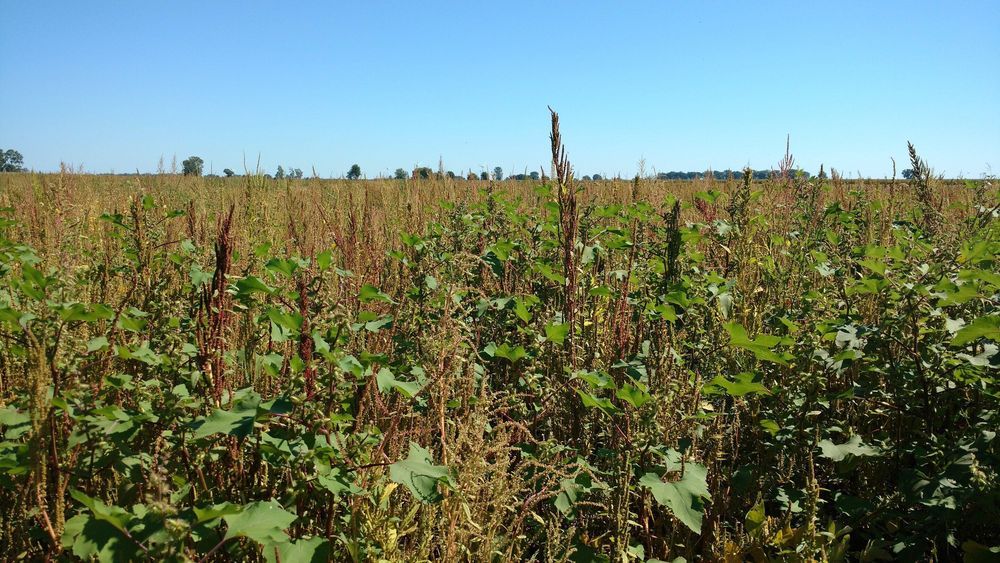
A team including evolutionary biologists from the University of Toronto (U of T) have identified the ways in which herbicide-resistant strains of an invasive weed named common waterhemp have emerged in fields of soy and corn in southwestern Ontario.
They found that the resistance—which was first detected in Ontario in 2010—has spread thanks to two mechanisms: first, pollen and seeds of resistant plants are physically dispersed by wind, water and other means; second, resistance has appeared through the spontaneous emergence of resistance mutations that then spread.
The researchers found evidence of both mechanisms by comparing the genomes of herbicide-resistant waterhemp plants from Midwestern U.S. farms with the genomes of plants from Southern Ontario.